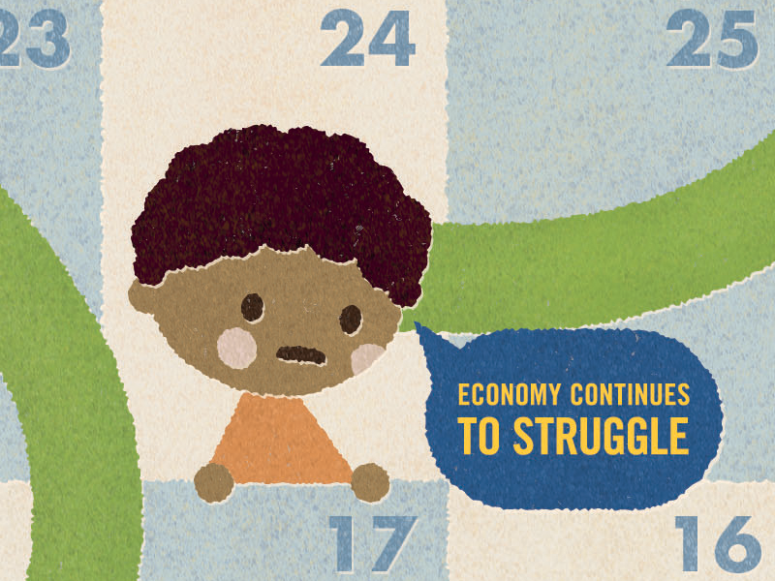Meet Mike, a really talented graphic and web designer that eventually went nomad because the thought of never giving it a shot scared him more than just doing it. Mike quit his steady, full time job in the US and started his own freelancing career, and 2 years later he seems to be thriving! Let’s get to know Mike a bit better.
Like all things in life it’s better to have an abundance mindset—there is good work out there for the taking if you have the skills.
What made you want to become a digital nomad? Please tell us about your journey from working in the US in a steady job, to becoming a travelling graphic designer.
I was working in the States at a nonprofit for several years, but didn’t have a lot of time to travel—something I had really wanted to do. I started to come across people who were doing long term travel combined with remote work, and that idea immediately appealed to me. I kept delaying any plans I had of going remote, but eventually the thought of never doing it started to scare me more than the idea of actually doing it. So I set a date, and bought a ticket.

If you are into graphic design you have a skillset than can be transferred online. The downside is that this also creates a lot of competition amongst designers, with so many sites offering cheap design services. How do you deal with this?
There will always be opportunities across the spectrum for low-pay, low-skill to high-pay, high-skill. Like all things in life it’s better to have an abundance mindset—there is good work out there for the taking if you have the skills.
Where are your clients usually from? From the US or all over? And how do you get them whilst travelling?
My clients are usually from the US. Most of my work comes from my network which I built up before traveling, as well as opportunities that have come from smaller communities on social media.

I checked out your portfolio and it looks awesome! How have you developed your skillset? Did you have any mentors that have inspired you (even if you didn’t know them), have you learned a lot from a certain sources online, do you subscribe to any magazines etc?
Thanks! I went to school for graphic design and have spent many years working on a variety of projects both in-office and remote—so it’s mostly experience which has built up my skill. I never had any mentors, but am always on the lookout for inspiration online on sites like Dribbble. Whenever I see something cool, I put it into a giant file of inspiration to browse through whenever I need to get the creative juices flowing.
…there’s never going to be a “perfect time” to start—you just have to make a plan, set a date, and do it.

How different is it to be a digital nomad graphic designer compared to being a regular in-the-office graphic designer? How do you make this transition as smoothly and effective as possible?
You have to be disciplined to put in the time and effort every day to accomplish the things that you need to get done. Some days this means that instead of exploring the city you’re in, you sit in front of the computer all day working. I had already done freelancing on the side, so I had experience with setting my own schedule to get work done. Before I left my office job, I focused on saving money in order to give me a longer runway to get things going while I transitioned to full-time freelance.
What are the best sides of living a digital nomad lifestyle?
Being able to travel, see new places, meet new people, and build a career while doing so. The lifestyle lends itself to slower travel, which gives you a more nuanced view of the places you travel to, compared to a typical vacation where you may only be somewhere for a couple of days.

And the less glamorous ones?
Long travel days, having to deal with finding good accommodation, dealing with bad wifi, and being away from friends and family back home.
Considering your journey of getting place independent income: if you could do it all over again, what would you do differently?
I wouldn’t change anything because I’ve had some great experiences and met some awesome people—but if I had to give advice I would say that there’s never going to be a “perfect time” to start—you just have to make a plan, set a date, and do it.

Do you think this type of work and lifestyle is possible in the long run? Could you do this until you’re old?
The upsides are better than the downsides for me at this point, but I think I ultimately would want to have a home base that I could return to, and spend about half the year there and half the year traveling.
Do you want more people to follow you? If so, how would be the best way to do that?
Check out my website at mikeweinhandl.com and Instagram at instagram.com/weinhandlm/



